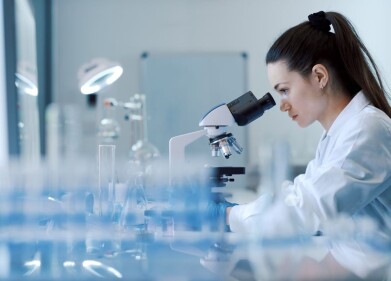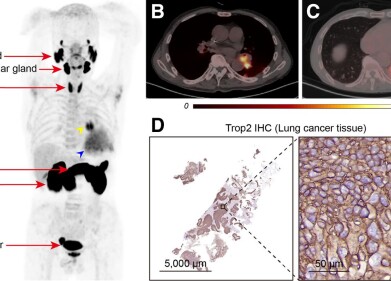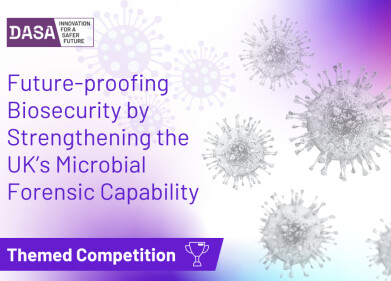News & views
How Has COVID-19 Testing Changed in the Past Year?
Apr 28 2021
Testing has played a critical role in helping to slow the spread of COVID-19 in countries around the world. Since the outbreak was declared a pandemic by the World Health Organization (WHO) in early March 2020, hundreds of millions of tests have been carried out. The US alone has performed almost 400 million tests, with India, China, the United Kingdom and Russia also recording huge numbers.
Like the global approach to coronavirus, testing has evolved significantly over the past year. Below, we take a look at how testing has changed since the first cases of COVID-19 were detected in late 2019.
Understanding COVID tests
Scientists rely on two types of tests to detect COVID-19 - diagnostic tests (also known as molecular tests) and antibody (also known as antigen) tests. Both can be used to detect active COVID-19 infections, though antibody tests can also reveal if a person has recovered from the virus. Diagnostic tests rely on samples from nasal and throat swab, or saliva. Polymerase chain reaction (PCR) tests are the most common diagnostic test used in laboratories and scan for traces of genetic material (RNA). Samples must be sent to processing laboratories for review which can take several days.
The first PCR tests
One of the first PCR tests for detecting SARS-CoV-2 was developed in early 2020 by the Centres for Disease Control and Prevention (CDC). It was launched as the CDC 2019 Novel Coronavirus (2019-nCoV) Real-Time Reverse Transcriptase (RT)–PCR Diagnostic Panel and relied on a pre-existing RT-PCR testing instrument used to test for the influenza. In February the U.S. Food and Drug Administration (FDA) approved the test with Emergency Use Authorization (EUA) and it was quickly rolled out across the United States and around the world.
PCR tests continue to be the most reliable way to detect traces of COVID-19 in the body, with the CDC describing it as the “gold standard for clinical diagnostic detection of SARS-CoV-2.” However, since early 2020 scientists have also developed a variety of alternative methods, each with their own advantages and disadvantages.
The arrival of antigen tests
For example, antigen tests are used to detect viral antibodies produced by SARS-CoV-2. These proteins can be detected in less than 15 minutes, which is significantly faster than PCR results. There are multiple types of antigen tests, including lateral flow device (LFD) tests which can be useful for diagnosing asymptomatic patients.
While effective, antibody tests are not considered a reliable method of detecting active infections as antibodies may not develop for several days or weeks. Similarly, they can also remain in the blood for weeks after recovering from an infection, which means LFD can produce positive results even when a patient is no longer infected.
SARS-CoV-2 testing methods are continually evolving, with one of the latest breakthroughs from Nanyang Technological University in Singapore explored further in ‘Robust Tool Tracks Evolved Forms of Virus.
Digital Edition
Lab Asia 31.6 Dec 2024
December 2024
Chromatography Articles - Sustainable chromatography: Embracing software for greener methods Mass Spectrometry & Spectroscopy Articles - Solving industry challenges for phosphorus containi...
View all digital editions
Events
Jan 22 2025 Tokyo, Japan
Jan 22 2025 Birmingham, UK
Jan 25 2025 San Diego, CA, USA
Jan 27 2025 Dubai, UAE
Jan 29 2025 Tokyo, Japan



















